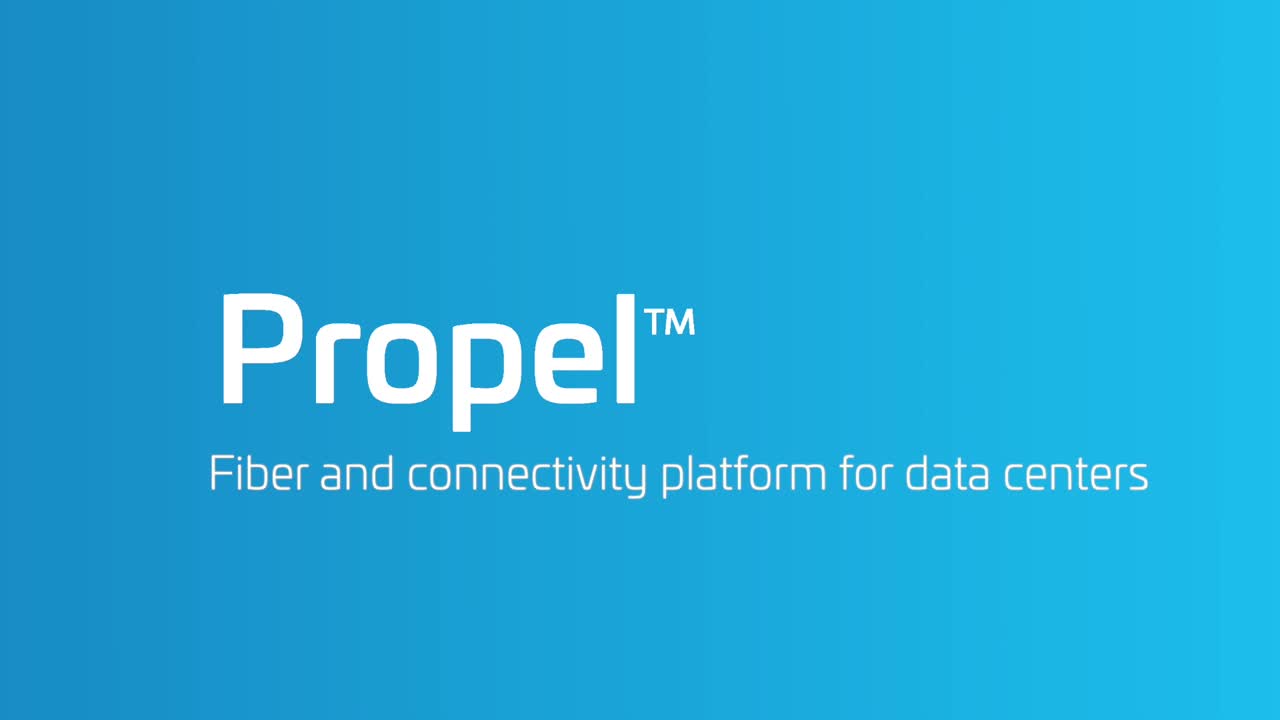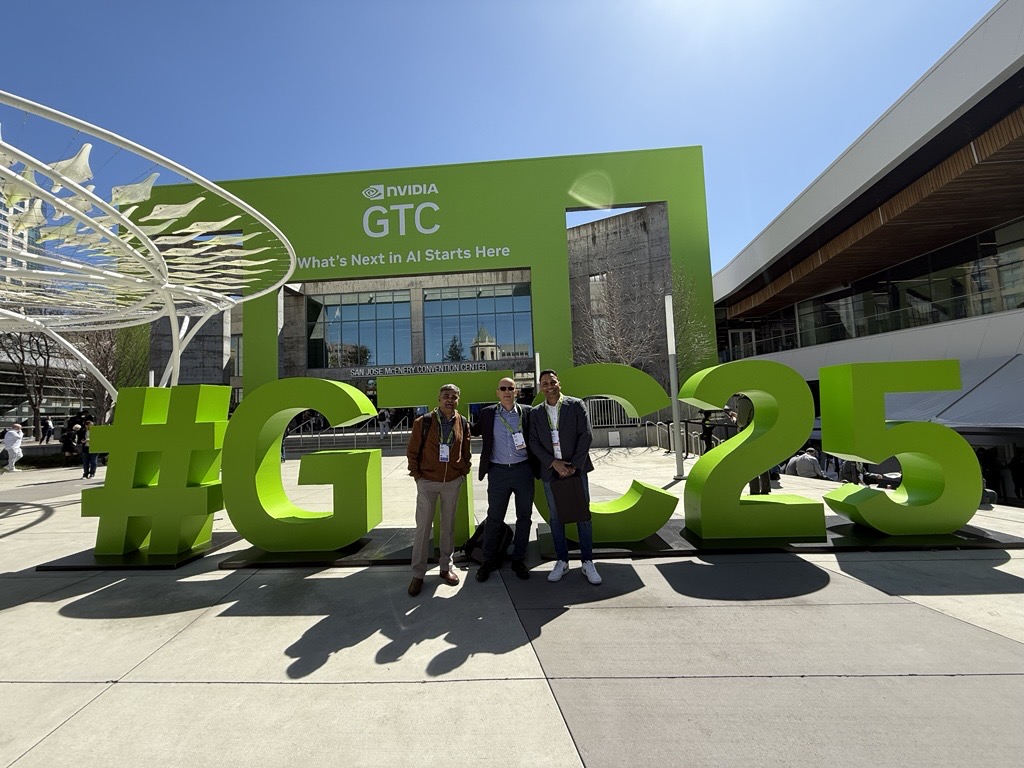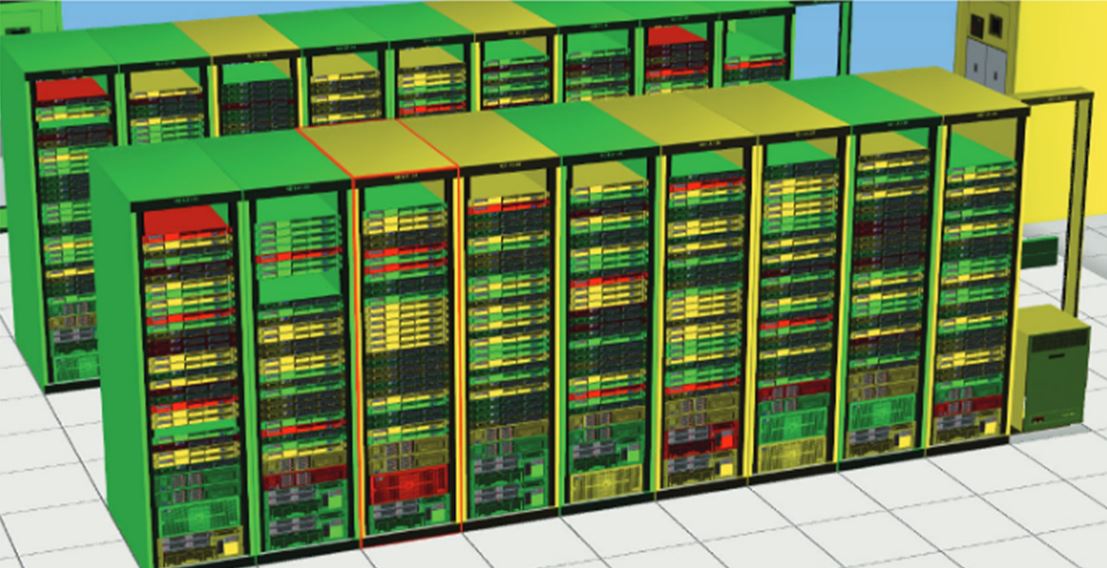Traditionally, only UPC connectors have been used with multimode fiber cables for several reasons. The lasers used to transmit signals over multimode fiber are more resilient to back reflections than those used in single mode fiber links. Usually, there are fewer connections in a multimode fiber link than a single mode fiber link due to the reduced reach and therefore, fewer sources of multipath interference. And multimode fiber links do not use fiber amplifiers or have unterminated connectors that may be present in some single mode fiber links.
In standards, and in the operations of the largest data center operators in the world, APC multimode connectivity is featuring more in the plan for 400G and beyond. Optical transceivers compliant to 400G-SR8 have an APC MPO16 interface. Most 200G-SR4 transceivers designed for hyperscale data centers mate with APC MPO8 connectors, and 400G-SR4 (IEEE 802.3db) will use the same. It is anticipated that 800G-SR8 (IEEE 802.3df) will also use an APC MPO16 interface.
Experimental results from CommScope’s labs can shed some light on why some data center operators want to use APC connectors in multimode fiber cables. APC connectors offer insurance against poor performance due to the presence of air gaps between connectors often found in problematic UPC systems. In addition, new high-speed multimode fiber applications are more sensitive to back reflection than those with slower speeds. Next these new applications use 4-level Pule Amplitude Modulation (PAM4) instead of the traditional Non-Return to Zero (NRZ) modulation. PAM4 modulation is more sensitive to intensity noise since the bit decision levels are much closer together, and light reflected back into a laser can introduce unwanted intensity noise to the transmitted signal.
It was demonstrated in CommScope’s labs that UPC connectors in a cabling channel can carry traffic from multimode transceivers that use PAM4 modulation and have an angled interface. However, a hybrid cable is needed to transition from the angled transceiver to the UPC connectors in the cable plant. Each fiber in each connection must maintain physical contact and this is ensured by using well-polished connectors with compliant end-face geometry as well as by cleaning the connectors. UPC connectors that are installed according to SYSTIMAX® requirements can carry PAM4 signals with no penalty.
PAM4 transmission using problematic UPC connectors was also tested. The results show that if the UPC connectors in a link lose physical contact due to poor polishing, or contamination, the optical reflection can be high enough to degrade the system performance. These problematic UPC connectors introduced bit errors and reduced the system margin with poor return loss in addition to their insertion loss.
APC connectors offer insurance against poor performance due to losing physical contact. The angled polish in the presence of an air gap in the connectors ensures that the return loss remains high. Any light reflected from the glass-air interface is directed out of the core and very little returns to the laser. We’ve found that the largest data center operators in the world value this insurance and have pushed for APC multimode connectors.
CommScope does not recommended using APC connectors for single fiber multimode ferrules. Connectors such as LC or SN are more likely to maintain physical contact than an MPO8 or MPO16. There is little concern that they will lose physical contact and introduce poor system performance.
CommScope recommends using APC MPO8 and MPO16 in greenfield data centers. It makes sense for new data centers to build future-proofed networks that will ensure operation at the next generation of network speeds.
In brownfield data centers with well-polished and clean connectors, the existing UPC cable plant will support 400G and 800G applications. Hybrid cables will be needed to connect those transceivers with angled interfaces with the existing installed cable plant. Data center operators should verify with their transceiver manufacturer if the fiber interface is flat or angled.
The Propel™ solution includes both UPC and APC multimode MPO connectors, delivering full support for PAM4 applications. Multimode APC connectors are a new technology that is a part of the Propel high speed fiber platform and is one of the key components of CommScope’s unique Application Assurance Warranty.
















